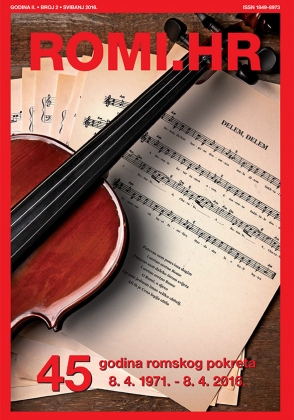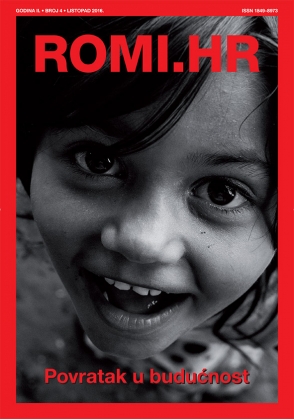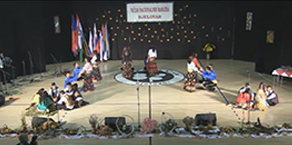Focus ROMI.HR
/Uncovering the origins of the Romani language is not only a linguistic pursuit but also a key to understanding the history and migrations of the Romani people. Like tracing a family tree, reconstructing a proto-language reveals deep cultural and historical connections, offering insight into ancient societies and the roots of modern speech.
Establishing the origins of a language is important not only from a linguistic point of view, but also allows us to better understand the history of its speakers. Language reconstruction also provides insights about ancient cultures, societies, migrations, religions and beliefs. So, just as it is important for a person to know his or her ancestry, it is also important for a language to determine its history and position among other languages.
There are languages that originated from a single source - a language that once existed. Individual dialects of this language have become isolated from each other due to historical circumstances (most often - the migration of their languages), but in their structures they retain common features inherited from this common source. For example, Italian, French, Spanish and some other languages originated from Latin, we combine them into one group which is called Romance.
As for the Romani language, its origin was unknown for a long time. The greatest difficulty in establishing more accurate historical connections is the lack of medieval written texts (especially texts at the time the Roma people left their ancestral homeland). The earliest text that is known in the Romani language dates back to the 16th century. Andrew Borde provided translations of several sentences from Romani in his “Fyrst Boke of the Introduction of Knowledge” (1542).
“The Rotwelsche Grammatik”, another one important document, was written in 1727 in Sinti dialect of the Romani language and contains Romani glossary and a “Letter from Rom to his wife”.
The historical homeland of the Romani language was established quite late. It was only in the 18th century that linguists started to compare the Romani language with ancient and modern Indic languages. The first person who suggested the connection between the Romani language and Indian languages is traditionally considered to be the Hungarian pastor Valyi Istvan in 1760s. He compared the language of Roma living in Hungary with the language of students from Malabar Coast in India. Couple of years later through the efforts of linguists Johann Rudiger and Jacob Bryant the Romani language was recognised as an Indo-Aryan language. First detailed analysis of relationships between Romani and Indic languages was published in 1844 by German linguist August Pott.
First of all, the comparison was based on lexical similarity, that is, it turned out that a significant part of the basic words in these languages are the same, major part of this study was based on comparison with Sanskrit (an ancient Indo-Aryan language):
skr. trīṇi – rom. trin “three”;
skr. drākṣā – rom. drakh “grape”;
skr. anguṣṭha – rom. angušt “thumb”.
After this, similarities were found at deeper levels of the language. Regular sound changes in words, so-called phonological alternations, were discovered. For example, dental consonants (e.g. t, d, n) in the position between two vowels turned into –l-:
skr. pṛcchati – skr. pučhel “to ask”;
skr. mṛta – rom. mulo “a dead”.
Speaking about morphological and syntactic structures, it is crucial to note the fact that major part of modern languages has less complex grammar compared to ancient ones. Nonetheless Romani has maintained the Sanskrit morphological type in a greater extent than the New Indian languages, what is important because words can be borrowed and inflectional affixes are almost never borrowed. To illustrate, Sanskrit inflexions of present tense: -āmi, -asi, -ati; Romani ones: -av, -es, -el.
Many Romani particles also have their roots in Old Indian shape:
rom. the - skr. atha “and”;
rom.dur – skr.dūra “far”.
To sum up, the efforts of many linguists have made it possible to describe the Romani language, establish its relationship with other languages, and reconstruct some ancient word forms. Despite the fact that the Romani language has undergone significant changes, it nevertheless retains the features of the Indo-Aryan languages.
 Back to Focus
Back to Focus













